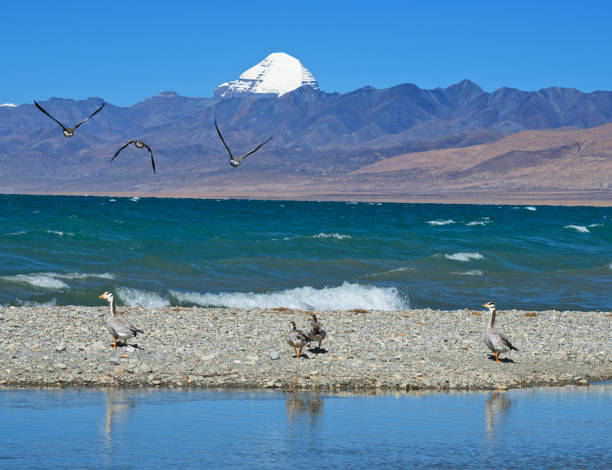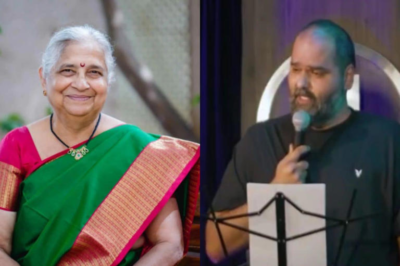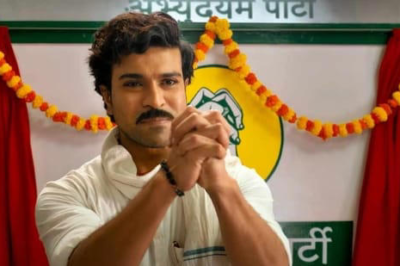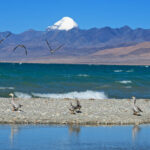
A sacred return after five years
In a momentous revival of a spiritual journey paused since 2020, the first official group of Indian pilgrims has reached the pristine shores of Mansarovar Lake in Tibet. This deeply revered destination, set beside Mount Kailash, the abode of Lord Shiva, is once again welcoming devotees, following a governmental accord between India and China. With a group of approximately 36–40 pilgrims departing Delhi on June 15, they traversed nearly 2,000 km by road before beginning the arduous 52 km Parikrama trek around Mount Kailash. Their triumphant arrival, echoed in chants at the azure lake at 4,588 m, marks not just religious fulfilment but a diplomatic milestone.
Pilgrimage mirrors diplomacy
The resumption of this journey speaks volumes about thawing India–China relations. Pilgrimages were halted due to the 2020 COVID-19 lockdown and aggravated tensions following the Galwan Valley clash. However, diplomatic breakthrough, including troop disengagement at key friction points in October 2024 and a meeting between Prime Minister Modi and President Xi, has now reopened the route. This long-awaited revival aligns with resumed people-to-people exchanges and renewed bilateral trust.
Structured batches and meticulous prep
This year’s pilgrimage will unfold across 15 batches, five via the Lipulekh Pass in Uttarakhand and ten through Nathu La in Sikkim, each batch comprising around 50 participants. Pilgrims were selected through a randomized, computerized, gender-balanced drawing from 5,561 applicants, ensuring no bias. The Ministry of External Affairs flagged off the first group from Delhi, followed by subsequent ceremonies in Noida and Ghaziabad, underlining the journey’s religious and diplomatic significance.
High-altitude pilgrimage logistics
The sacred journey spans 23 days, beginning in Delhi and concluding in August. Pilgrims embark via high-altitude passes, trekking up to 52 km around Mount Kailash, known as the Parikrama or Kora. To ensure safety, a robust network involving BRO, ITBP, Army, KMVN, and state departments is in place. Measures include earth-moving equipment for landslide-prevention, twice-daily road bulletins, health facilities at Gunji, and support staff ensuring smooth transit.
Spiritual convergence at sacred altitudes
Mount Kailash (6,638 m) and Mansarovar Lake (4,588–4,590 m) hold profound significance across Hinduism, Buddhism, Jainism, and the Bon faith. Touching the lake’s pristine waters, pilgrims engaged in chants and rituals, recognizing the spiritual magnitude of this milestone. For many, this journey symbolises purification, rebirth, and divine devotion.
Pilgrims seek expanded access
Amid chants of devotion and gratitude, pilgrims expressed a heartfelt appeal: they hope both governments will raise the cap on available slots in future yatras. With only 750 participants across 15 batches limited by route capacity and diplomatic agreements, the demand far outstrips supply. Many see the pilgrimage as essential to cultural identity and spiritual fulfilment, urging broader inclusion.
Inclusivity and equity in selection
Efforts to democratize pilgrim selection are evident. Preference in the computerized lottery is given to first-time pilgrims and senior citizens, with designated liaison officers, medical support, and minimal trekking on more accessible routes like Nathu La. These initiatives aim to offer equal opportunity while preserving safety and experience quality.
Road ahead: balancing demand and diplomacy
The resumption is more than symbolic, it’s a test of continued diplomatic goodwill and logistical capacity. With only a fraction of aspirants accommodated, future expansion depends on sustained India–China coordination. Enhanced infrastructure on both sides, and perhaps additional route openings, could pave the way for more devotees. As pilgrims return by July 1, voices calling for broader access and more slots are gaining volume, hoping policymakers take note.
Conclusion: journey of hope and renewal
The Mansarovar pilgrimage’s revival after five long years is a testament to spiritual endurance, bureaucratic ability, and diplomatic thaw. It reflects the hopes of thousands, strengthens cultural ties, and opens a pathway toward deeper people-to-people connection. As India’s pilgrims chant at the lake’s edge, their voices reverberate beyond spirituality, they echo a collective plea: let more seek, touch, and transform through this sacred journey in the years to come.




































Leave a Reply